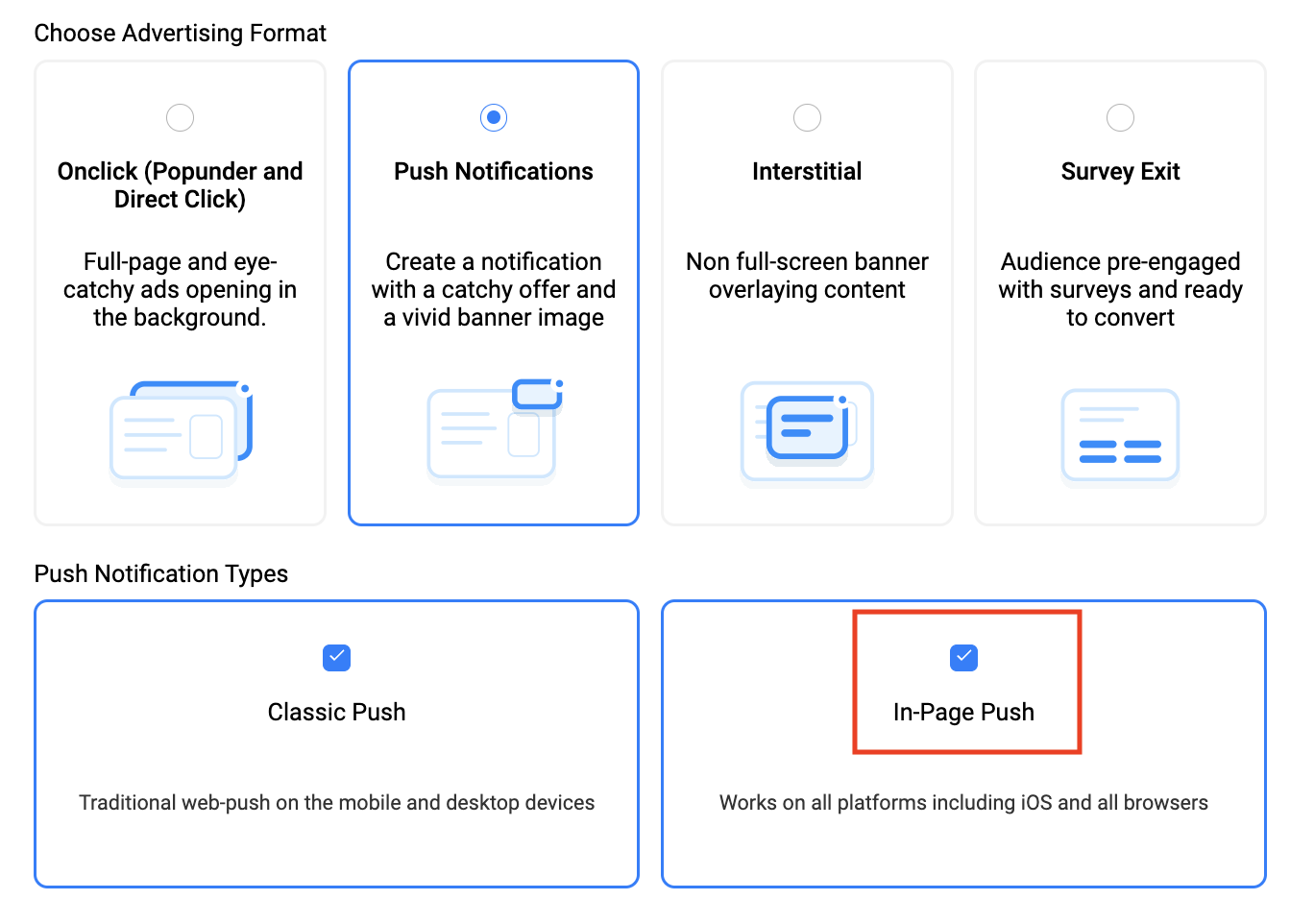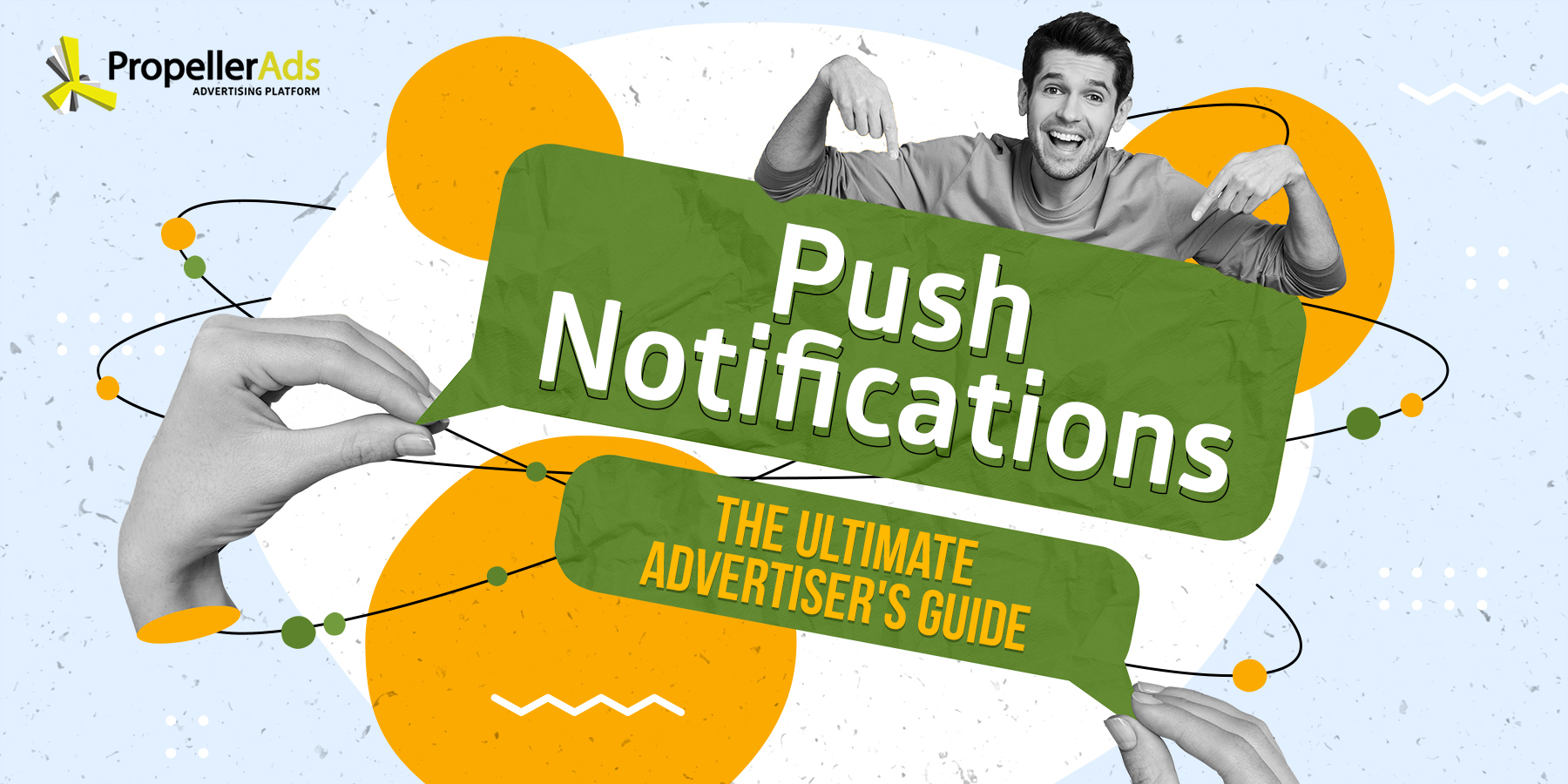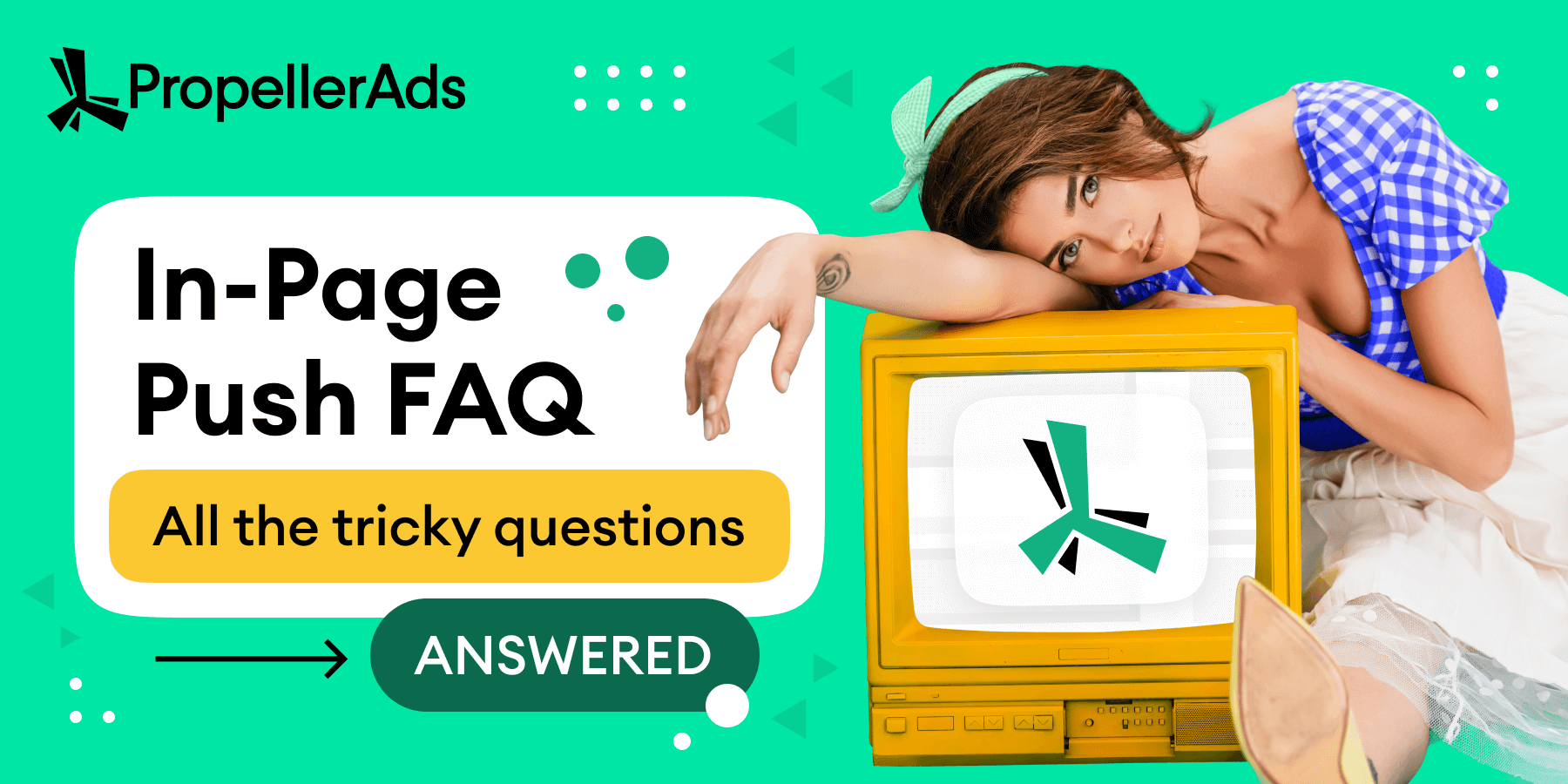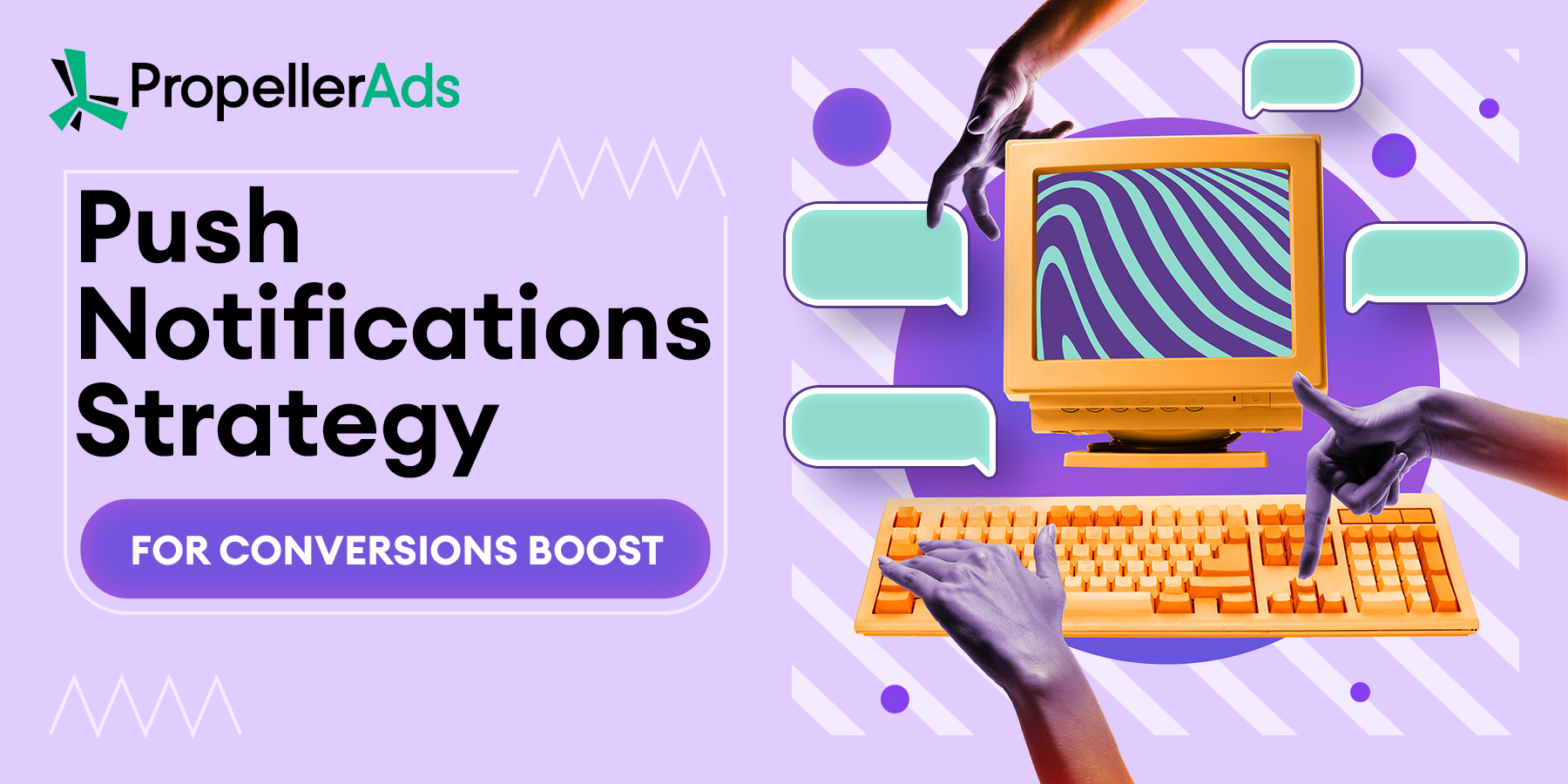A Beginner’s Guide to Mobile Push Notifications

This post is also available in:
PT
ES
In today’s mobile-first world, grabbing your audience’s attention on their smartphones is crucial. Mobile push notifications – those concise messages that pop up on users’ screens – have become an indispensable tool for driving user engagement, boosting app usage, and increasing conversions.
So, no matter if you have an app on iOS (iPhone) or Android, push notifications can be a game-changer for your marketing strategy.
What is Mobile Push Notification?
Mobile push notifications are short, attention-grabbing messages that pop up directly on a user’s mobile device. They are a direct line of communication between your brand and your audience, even when users aren’t actively using your app or website.
Push notifications typically include a concise message, often with a call to action (CTA), and may also feature images or rich media to enhance engagement. They’re designed to be eye-catching and prompt users to take a specific action.
iPhone Push Notifications vs Push Notifications Android
Both iPhone and Android devices support push notifications, though there are some differences in how they’re implemented and how users interact with them.
For instance, push notifications on iPhone need to be enabled (you can ask your users to look up how to enable push notifications on iPhone), while Android users are often opted in by default.
And our ad format In-Page Push (IPP) is a great option for those who want to target iPhone users. IPP is displayed on the website, so it doesn’t require permissions on the side of a device. Here is where to find it:

And here is an example:
Types of Push Notifications
Now that we have answered what are push notifications Android and iPhone users come across, let’s see some types. Regardless of the platform, mobile push notifications offer a powerful way to reach your target audience directly on their devices, increasing engagement, retention, and conversions.
So, let’s take a look at the different types of push notifications you can use.
Mobile App Push Notifications (In-App Messages)
These are notifications sent directly within your mobile app to users who have it installed. They’re a powerful tool for:
- Re-engagement: Remind users to return to your app and complete actions, like finishing a purchase or checking out new content.
- Personalized offers: Deliver tailored promotions or discounts based on user behavior or preferences.
- Important updates: Notify users about new features, bug fixes, or other essential information.
Web Push Notifications
Web push notifications are sent to a user’s mobile browser, even when they’re not on your website. These notifications can appear on both desktop and mobile devices, making them a versatile tool for reaching a wider audience.
Web push notifications are particularly useful for:
- Retargeting website visitors: Remind users about abandoned carts, promote new products, or invite them back to your site.
- Content promotion: Let subscribers know about new blog posts, articles, or videos.
- Driving traffic: Encourage users to visit specific landing pages or take advantage of limited-time offers.
In-Page Push (IPP) Notifications
In-Page Push (IPP) notifications are a newer format that combines the best of both worlds. They show up directly on a website or landing page, mimicking the look and feel of traditional push notifications, but they don’t require a separate opt-in process.
IPP notifications are great for:
- Capturing leads: Encourage website visitors to sign up for your newsletter or download a lead magnet.
- Promoting offers: Highlight special deals or discounts to drive immediate conversions.
- Boosting engagement: Deliver personalized messages or recommendations based on user behavior.
By understanding the different types of mobile push notifications and their unique strengths, you can tailor your campaigns to reach your target audience effectively.
Crafting Click-Worthy Mobile Push Notifications
The success of your push notification campaigns relies on your ability to create messages that grab attention and drive action.
Here are some strategies you should consider:
- Compelling headlines: Your headline is your first (and often only) chance to hook the user. Keep it short, punchy, and relevant to the message content.
- Clear call to action (CTA): Tell users exactly what you want them to do. Whether it’s “Shop Now,” “Learn More,” or “Open App,” a clear CTA is what drives conversions.
- Eye-catching visuals: Use high-quality images, GIFs, or emojis to make your notifications visually appealing. Visuals can significantly increase engagement, especially on mobile devices where attention spans are short.
- Timing and relevance: Timing is everything. Send notifications when your audience is most likely to be receptive, and make sure the content is relevant to their interests and behavior.
- Personalization: Don’t treat all users the same. Segment your audience and tailor your messages accordingly to increase relevance and engagement. Use user data to personalize notifications based on their past behavior or preferences.
Measuring Push Notification Success: Beyond Opens and Clicks
Push notifications aren’t just about sending messages; they’re about driving tangible results for your mobile app or business. To gauge the effectiveness of your campaigns, it’s important to track and analyze key metrics:
- Delivery rate: The percentage of push notifications successfully delivered to your audience’s devices. Low delivery rates may indicate technical issues or outdated device tokens.
- Open rate: The percentage of delivered notifications that users open. A high open rate shows that your headlines and content are attention-grabbing.
- Click-through rate (CTR): The percentage of users who click on a link within your notification. This measures how effectively your push notifications drive traffic to your app or website.
- Conversion rate: The percentage of users who complete a desired action after clicking on your notification. This is the ultimate measure of your Android push notification campaign’s success.
Tracking these metrics allows you to identify areas for improvement and optimize your campaigns over time. For example, if your open rates are low, you might need to experiment with different headlines or sending times. If your CTR is high but your conversion rate is low, you might need to refine your landing page or offer.
Platforms like PropellerAds provide robust analytics tools that allow you to track these metrics and gain valuable insights into your audience’s behavior. By leveraging these insights, you can continuously refine your push notification strategy and achieve your marketing goals.
Best Practices for Mobile Push Notifications Ads
To make your mobile push notifications truly effective, follow these key tips:
- Get permission: Always get explicit consent before sending push notifications. Respect user preferences and make it easy to opt-out.
- Keep it short and sweet: Mobile screens are small, and your messages should be too. Create concise headlines and body copy with clear calls to action.
- Eye-catching visuals: Use high-quality images or emojis to make your notifications stand out in a crowded notification center.
- Time it right: Send notifications at times when your audience is most likely to be receptive.
- Personalize: Tailor messages based on user preferences and behavior to boost relevance and engagement.
PropellerAds’ platform makes it easy to implement these best practices, offering features like:
- Advanced targeting: Reach the right users with precision.
- Customization: Create visually appealing notifications with images and custom button text.
- Analytics: Track performance and optimize your campaigns based on data-driven insights.
By following these tips and utilizing PropellerAds’ powerful platform, you can create mobile push notification campaigns that truly deliver results.
Conclusion
Mobile push notifications are a game-changer for businesses looking to engage their audience, drive app usage, and boost conversions. Whether you’re targeting iPhone or Android users, crafting compelling messages and strategically timing your notifications can unlock a new level of success.
By following great practices utilizing powerful platforms like PropellerAds, you can harness the full potential of mobile push notifications and take your mobile marketing efforts to the next level.
Join us on Telegram and let’s discuss Push strategies!






